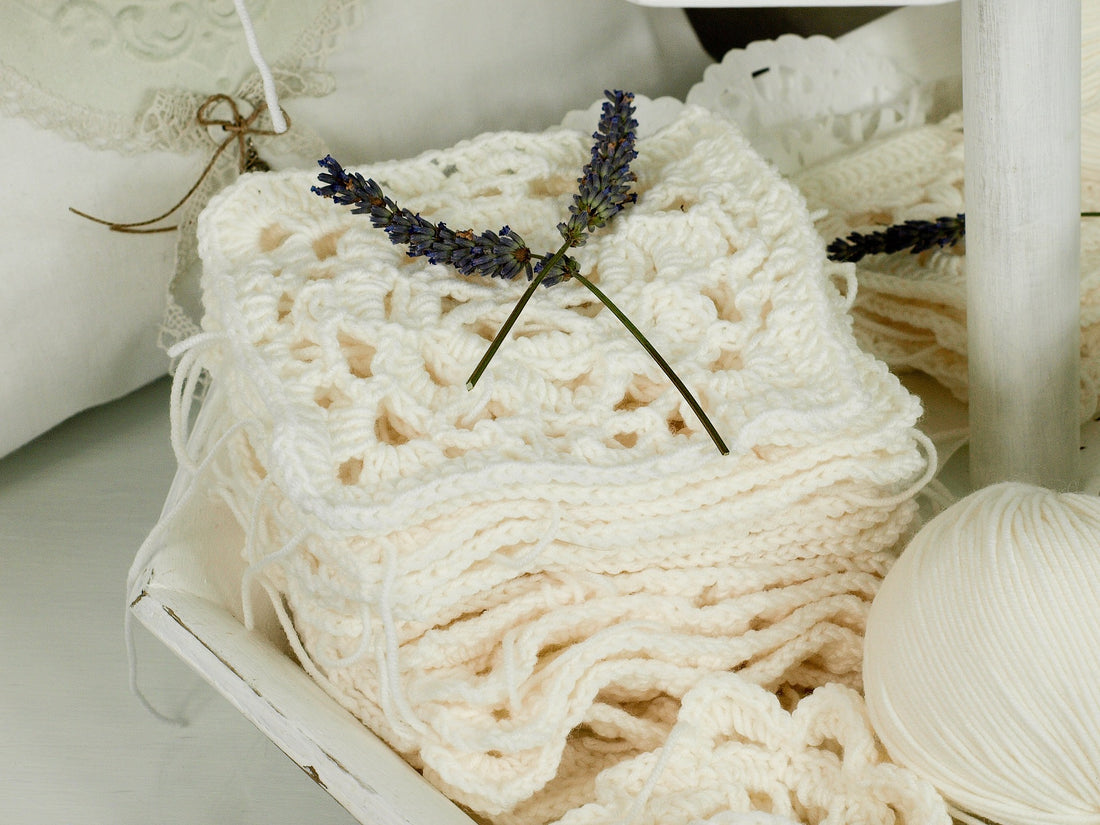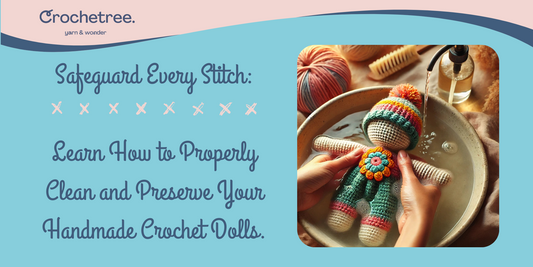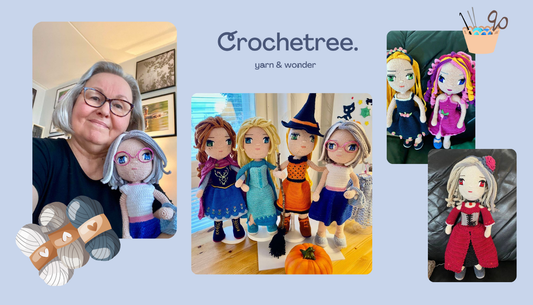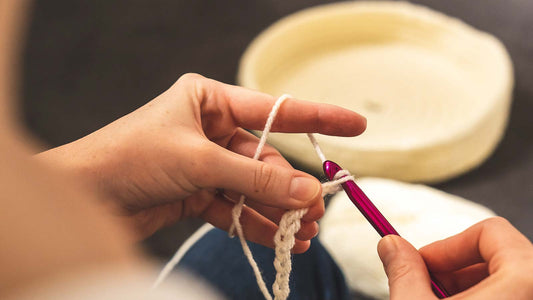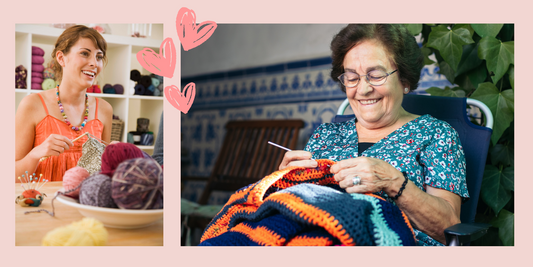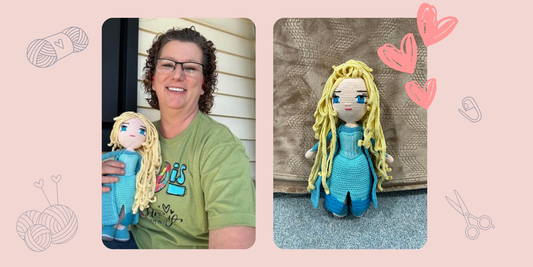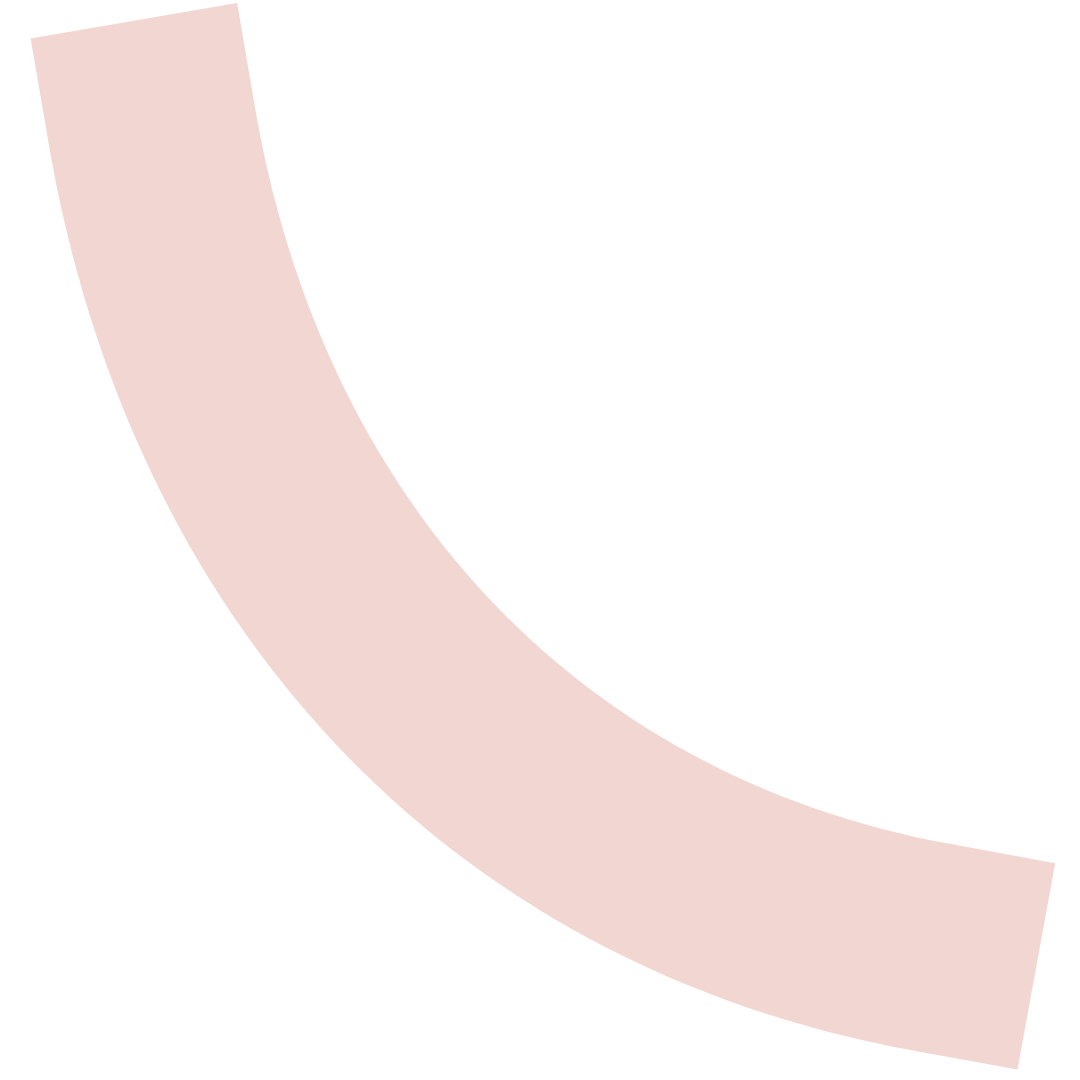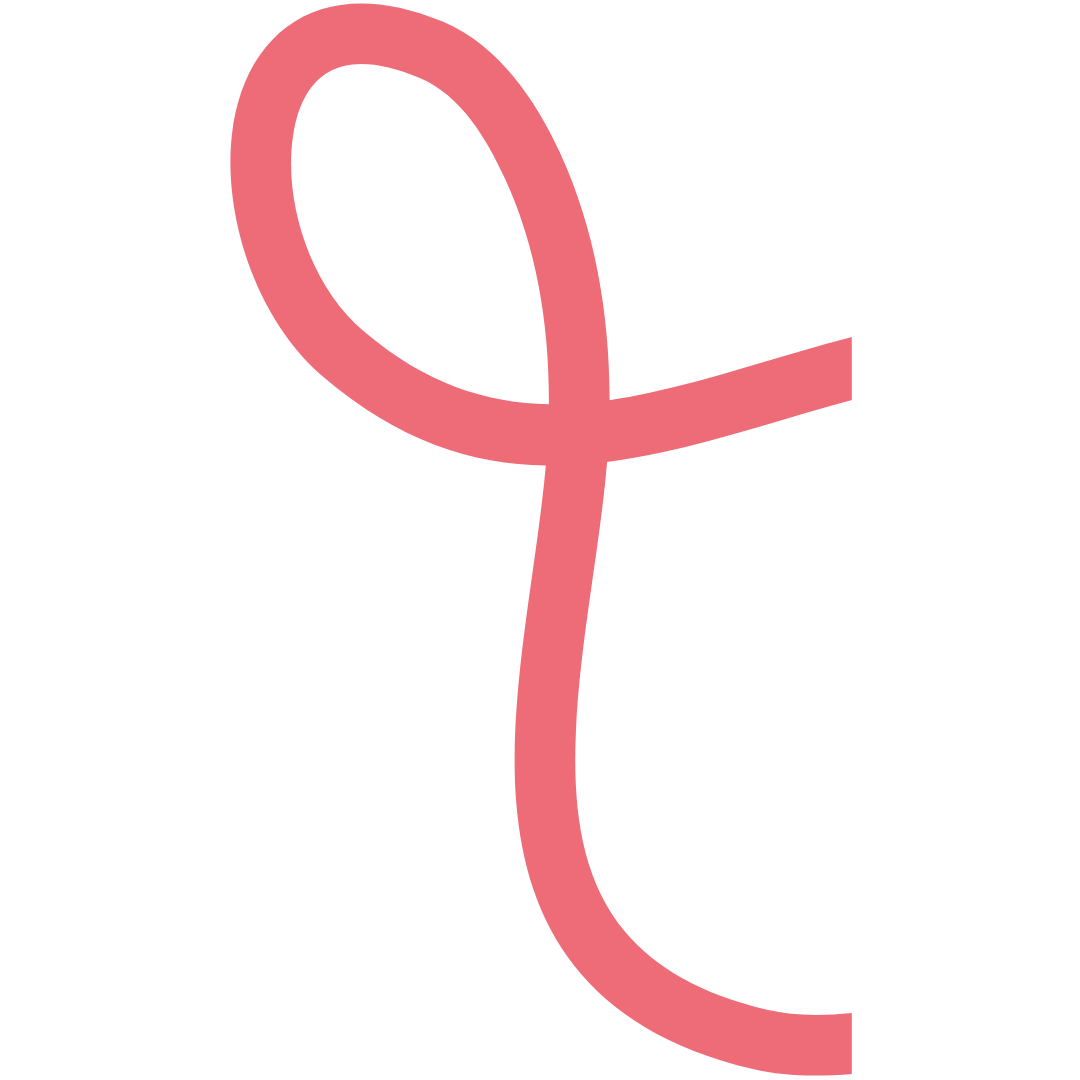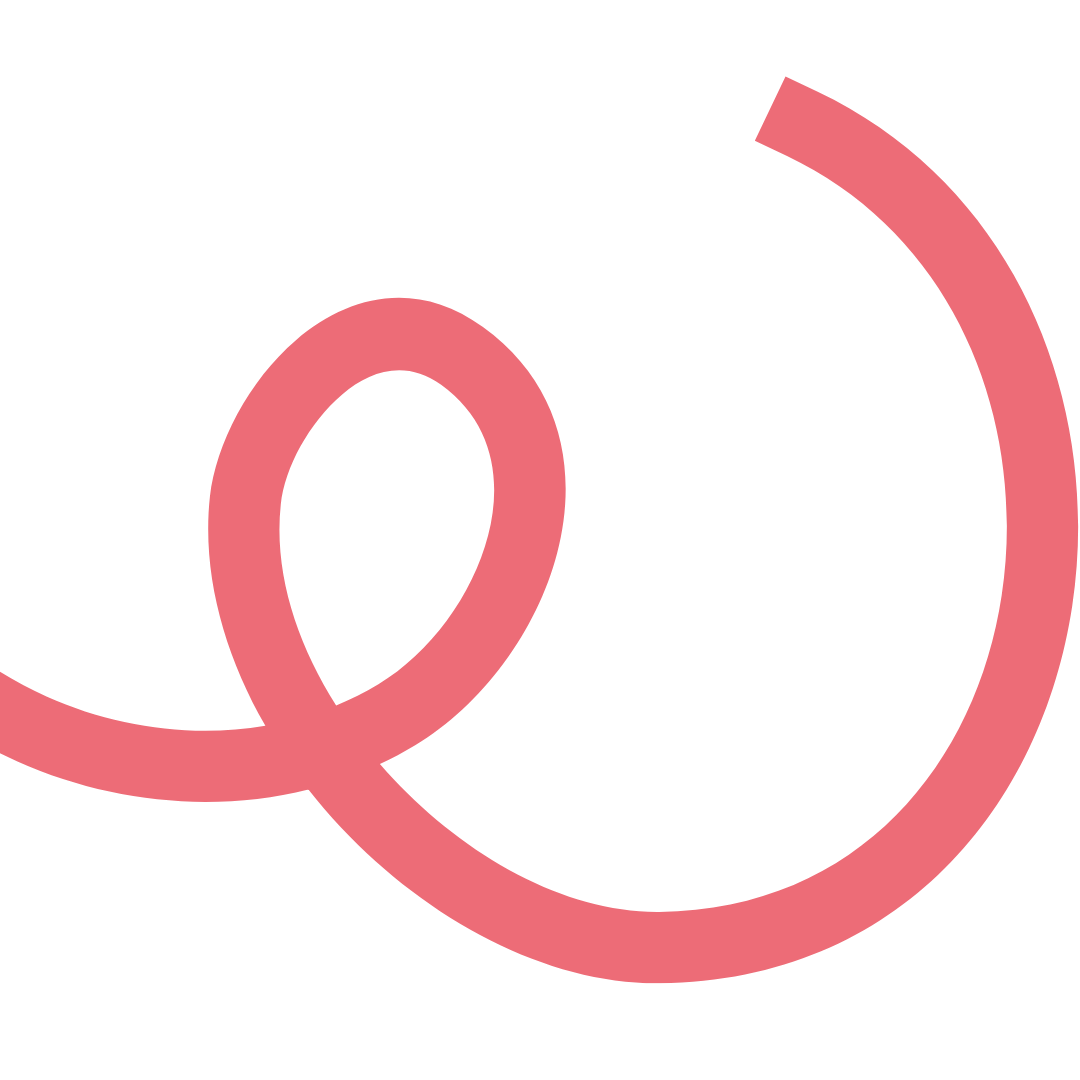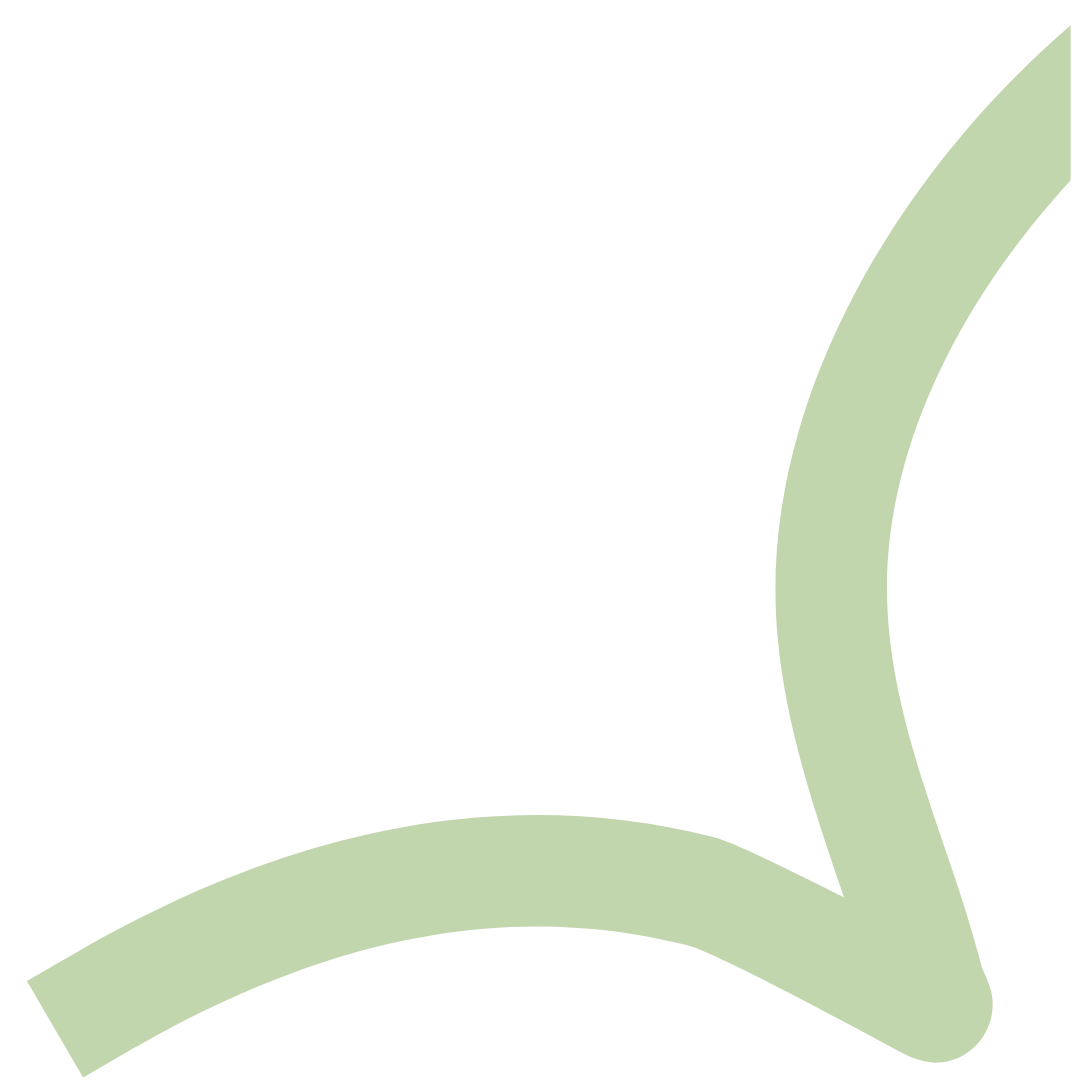If you like to crochet big projects, I am quite sure you have already wondered if crochet can be done by a machine, just to replace your hands when you are feeling tired...
Yes, it can. In fact, you could argue that the production of crochet goods is an almost ideal candidate for mechanisation. These days there are many different types of machines used in the textile industry to make all kinds of different garments and other textiles. The type of machine most commonly used is a circular or “carpet” machine, which has been around since the early 1900s. There are various processes within the overall umbrella of “crochet mechanisation.” There are also plenty of options when it comes to different types of software to help with automated pattern drafting and digitising. Here we take a look at some options for both manual and automatic operation, focusing on considerations such as space requirements and cost-effectiveness.
Manual Crochet Production
One way of producing crocheted fabric is manually. To do this, you simply put hooks on one end of a frame and a ball of yarn on the other, tie a loop (or “loop”) at the end with a running end, then hold the loop and manually move the hooks back and forth. This produces a continuous loop of fabric, which is then cut and sewn together to form the final garment. This process is labor-intensive, but on the plus side, it is relatively inexpensive and quite relaxing! You can also control the quality of the fabric and the speed of production very precisely.
Automatic Crochet Production
An alternative to manual production is the use of machines that automate some of the manual processes. One of the most common types of machine used for this is the carpet loom. With this, the yarn is fed into the loom and is held in position by a series of hooks that are pushed into the fabric loops, forming the fabric into a tube or “carpet.” To achieve the loop formation, the hooks need to be able to move up and down in a stitch-like action, so they need to be able to drop and then return to their original position. These machines are highly sophisticated and can produce a wide range of fabrics, including the crochet fabric that is used in many different types of garment.
Computerised Hook-stitching
As we mentioned, the hooks on the loom need to be able to drop and then return to their original position. This means that they need to be controllable, with a mechanism that allows them to move up and down. To operate such a machine, hooks are attached to a rotating shaft. The shaft is connected to a motor that allows it to rotate freely. The shaft is also linked to a rotating cam wheel, which is connected to a mechanism that allows the shaft to move up and down. As the shaft rotates and the cam wheel moves, the shaft moves up and down and the hooks move with it, creating the crochet fabric. The hook-stitching machine also needs to have a mechanism that allows it to move forward and backward as the fabric is being created. This is so that it can be fed with new loops of yarn and then cut the loops so that the previous fabric is released.
Computerised Sewing and Cutting
The final stage of production is the cutting and sewing together of the end fabric. This can be done manually with a conventional sewing machine, or by using a computerised sewing machine that has been programmed with an automated pattern. For a computerised sewing machine to be able to produce the crochet fabric, it needs to be “digitised.” This means that a pattern of the fabric has been drawn up and then programmed into the machine’s computer system. The pattern is then used to guide the stitches as they are being sewn together, producing the final garment.
Conclusion
Crochet is an ancient craft. It is also a highly versatile fabric that can be used to produce everything from the most delicate of lingerie to the sturdiest of workwear. To be able to produce crochet fabrics on an industrial scale, however, requires mechanisation. Machines that can automatically produce crochet fabrics can be very expensive. A cheaper alternative is to use a computerised sewing machine to produce a digitised pattern of the crocheted fabric. Computerised systems can be used to manage the entire production process, from pattern drafting to cutting and sewing. They also allow for a level of precision and consistency that is difficult to achieve manually.

